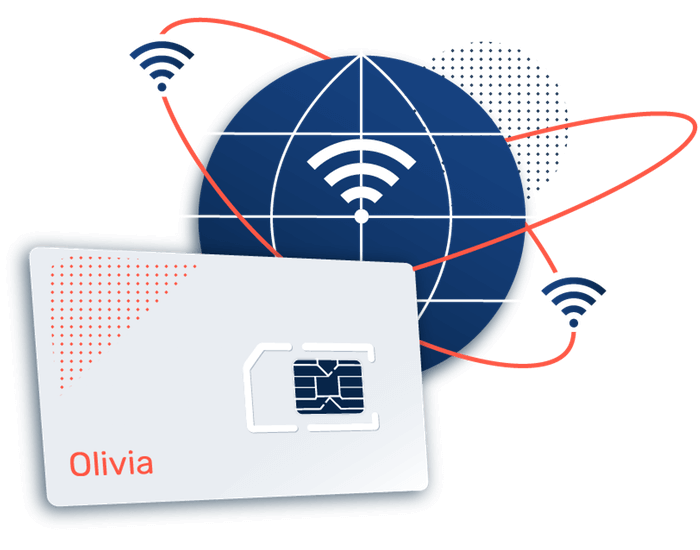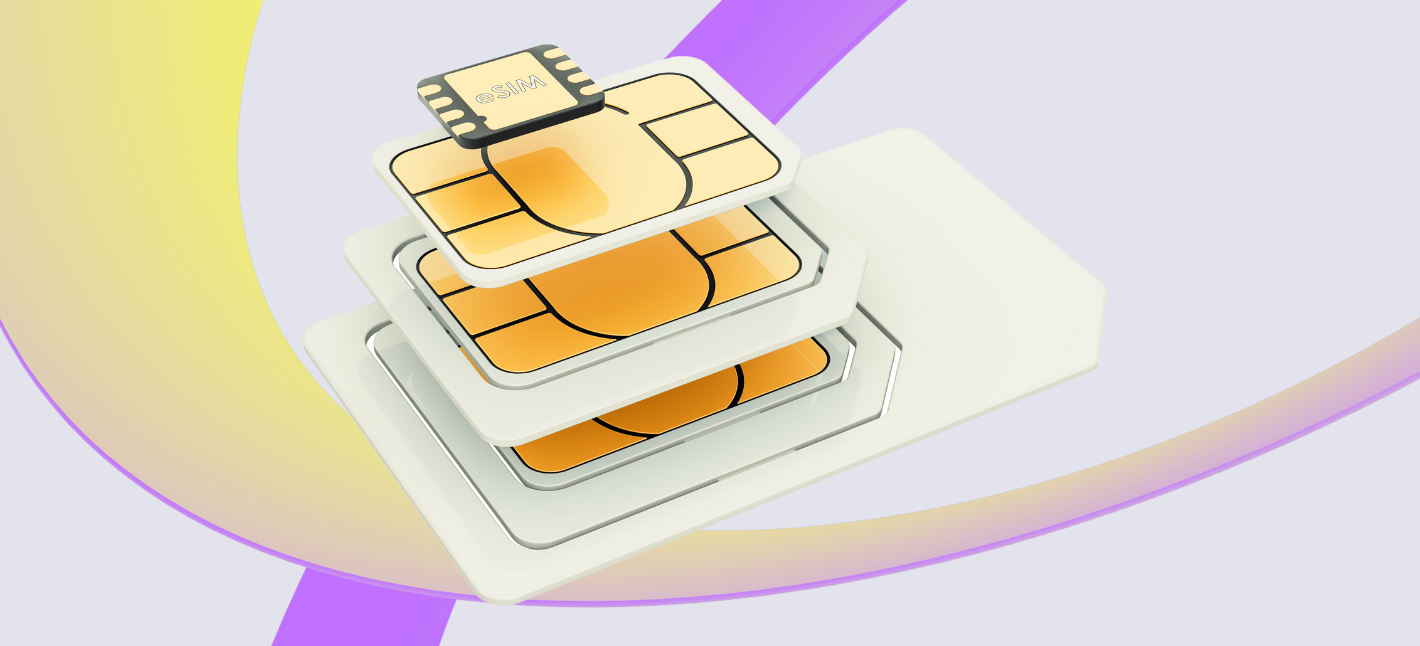IoT Connectivity Solutions Pressure on IoT Connectivity Prices
As the demand for the Internet of Things (IoT) continues to grow, so does the want to understand the varied connectivity choices out there. Two major classes of connectivity usually under dialogue are cellular and non-cellular IoT connectivity. Each has its own strengths and weaknesses, and the selection between them can significantly impact the efficiency and efficiency of IoT purposes.
Cellular IoT connectivity leverages established cellular networks to facilitate communication between gadgets. This type of connectivity usually features several subcategories, including 2G, 3G, 4G, and now 5G technologies. Cellular networks supply widespread protection, making them appropriate for functions that require mobility and prolonged vary. The in depth infrastructure already in place permits for fast deployment, saving time and sources.
Managed IoT Connectivity IoT Connectivity Management for Solutions
Moreover, cellular connectivity usually comes with sturdy safety features. The use of encryption and authenticated access provides a layer of protection that's critical for many functions, especially in sectors dealing with delicate information like healthcare and finance. This ensures that knowledge transmitted between devices and networks is safe from potential cyber threats.
On the opposite hand, non-cellular IoT connectivity encompasses a range of other technologies, including Wi-Fi, LoRaWAN, Zigbee, and Bluetooth. These choices can vary significantly in terms of vary, data charges, and energy consumption. Non-cellular options typically concentrate on particular environments, such as house automation or industrial settings, the place localized communication is extra practical.

Non-cellular connectivity options are typically less expensive in environments the place intensive cellular protection is probably not needed. They may also be simpler to implement in smart buildings or localized networks. For instance, Wi-Fi provides high knowledge rates and helps a vast variety of units but is restricted by vary and coverage.
IoT Connectivity Pricing Pros and Cons of Top IoT Connectivity Technologies
LoRaWAN, another popular non-cellular expertise, is designed particularly for long-range communication whereas consuming minimal power. This makes it best for functions requiring low knowledge rates over prolonged distances, such as agricultural sensors or smart city infrastructure. The trade-off is out there in its lower knowledge fee in comparison with cellular options, which is probably not suitable for purposes requiring real-time information transmission.
In contrast, cellular networks excel in purposes that demand consistent connectivity over longer distances, like logistics and fleet management. The capacity to take care of a connection on the move is critical for functions that contain tracking automobiles or property across broad geographical areas. Additionally, roaming capabilities between completely different cellular networks enhance connectivity for mobile applications.
IoT Connectivity Management Platform Reviews of Managed IoT Connectivity Services
Another issue to think about is the maturity of the expertise. Cellular networks have been round for many years, benefiting from continuous developments. Meanwhile, non-cellular technologies are relatively newer and will not have the identical degree of reliability and robustness as cellular systems. Many organizations may find comfort and assurance in the tried-and-true nature of cellular connectivity, especially for critical purposes.
However, as IoT continues to evolve, so do non-cellular technologies. Ongoing developments in wi-fi standards are significantly enhancing the capabilities and performance of non-cellular options. With advancements in Low Power Wide Area Network (LPWAN) technologies, there's growing curiosity amongst developers and businesses seeking to deploy IoT gadgets that require much less energy and wider protection at a lower cost. Nb-IoT Connectivity.
Wireless IoT Connectivity Best IoT Connectivity Management Software

The panorama of IoT connectivity is ever-changing, which makes the choice between cellular and non-cellular connectivity extremely context-dependent. Various factors, including the specific utility necessities, protection wants, value constraints, and safety issues, strongly influence this selection. The right connectivity choice can enhance operational effectivity, improve data collection, and supply well timed insights for decision-making.
When evaluating which possibility fits finest, it's crucial to assess not only the instant wants but in addition the lengthy run growth potential of the applying. In some circumstances, hybrid options that leverage both pop over to these guys cellular and non-cellular connectivity could present one of the best of both worlds. For occasion, an software could utilize cellular connectivity for broader knowledge transmission and non-cellular choices for localized, low-power communications.
IoT Connectivity Control Management of Connectivity in IoT
The rise of 5G know-how further complicates the panorama but in addition presents alternatives for each cellular and non-cellular options. With its potential for ultra-low latency and excessive data charges, 5G may enhance the viability of cellular IoT for functions that previously relied on non-cellular options. Yet, non-cellular technologies proceed to improve, carving out niches that cellular networks could not optimally serve.
In closing, cellular vs. non-cellular IoT connectivity presents a complex alternative with far-reaching implications. Each connectivity kind brings unique advantages and limitations that cater to varying application needs. As IoT expertise advances and matures, the last word choice hinges on specific project necessities, use cases, and future scalability concerns. Understanding the nuances of each option can provide the necessary perception to make an informed determination, paving the best way for successful IoT deployments (Mobile Data Connectivity For IoT).
- Cellular IoT connectivity uses established mobile networks, providing broad coverage and reliable signals in urban and rural areas.
- Non-cellular IoT connectivity, similar to LPWAN (Low Power Wide Area Network), is particularly designed for low-bandwidth applications, prioritizing energy efficiency over velocity.
- In cellular networks, knowledge switch charges may be larger, supporting functions that require real-time knowledge transmission, corresponding to video surveillance or autonomous autos.
- Non-cellular options often have longer battery life, making them best for gadgets requiring minimal maintenance, like environmental sensors and smart meters.
- Cellular IoT usually involves higher operational prices due to subscription fees and data plans, whereas non-cellular choices could be cheaper for big deployments.
- Security protocols in cellular networks are strong, benefiting from the infrastructure of established telecommunication suppliers.
- Non-cellular technologies can employ less complicated and extra localized security measures, doubtlessly resulting in vulnerabilities in sure implementations.
- Scalability is mostly simpler with cellular networks, which may support an enormous number of devices concurrently without significant degradation in efficiency.
- Non-cellular IoT could supply larger flexibility in community design, allowing businesses to tailor solutions specifically to their operational wants with out reliance on a mobile copyright.
- Depending on the applying, hybrid fashions integrating both cellular and non-cellular connectivity can optimize overall performance and cost-efficiency.undefinedWhat is the distinction between cellular and non-cellular IoT connectivity?undefinedCellular IoT connectivity uses mobile networks (like 4G or 5G) for knowledge transmission, while non-cellular options embrace technologies like Wi-Fi, BLE (Bluetooth Low Energy), and LoRaWAN, which operate independently of cell service networks.
When is it best to make use of cellular IoT connectivity?undefinedCellular connectivity is right for purposes requiring extensive protection, mobility, and real-time knowledge transmission, such as vehicle tracking or smart wearables, where reliability and pace are crucial.
IoT Sim Connectivity Six Major IoT Connectivity Technologies
What are the advantages of non-cellular IoT connectivity?undefinedNon-cellular options are sometimes less expensive for functions with lower information transmission wants, such as smart residence gadgets or environmental sensors, and they can make the most of existing infrastructure like Wi-Fi networks.

How do prices evaluate between cellular and non-cellular IoT connectivity?undefinedCellular options typically contain ongoing subscription charges for community access, whereas non-cellular technologies usually incur decrease initial costs and fewer recurring bills, making them economical for sure use circumstances.
Can I swap from non-cellular to cellular IoT connectivity later?undefinedYes, many units are designed with flexibility in mind, allowing for upgrades or changes from non-cellular to cellular connectivity if future needs dictate a need for broader protection or greater reliability.
What sort of gadgets are best suited to cellular IoT connectivity?undefinedDevices that require fixed connectivity, similar to fleet administration techniques, distant monitoring tools, and telehealth applications, typically profit most from cellular networks due to their intensive protection and help for mobility.
IoT Connectivity Issues Overview of Cellular IoT Connectivity
Are there limitations Full Article to using non-cellular IoT connectivity?undefinedYes, non-cellular connectivity can face limitations like vary (for technologies like BLE), reliance on local networks (Wi-Fi), and fewer capability to support cell applications, making them much less best for sure eventualities that demand reliability.
What security concerns should I remember for both connectivity type?undefinedCellular networks generally provide built-in safety measures, but non-cellular options may be extra vulnerable to local threats. Managed IoT Connectivity Platform. Always use encryption and secure authentication strategies to mitigate dangers throughout both kinds of connectivity.
How does latency examine between cellular and non-cellular IoT connectivity?undefinedCellular networks usually have decrease latency, making them appropriate for real-time functions, while non-cellular solutions may expertise larger latency, especially with bigger networks or crowding, which might impact performance.